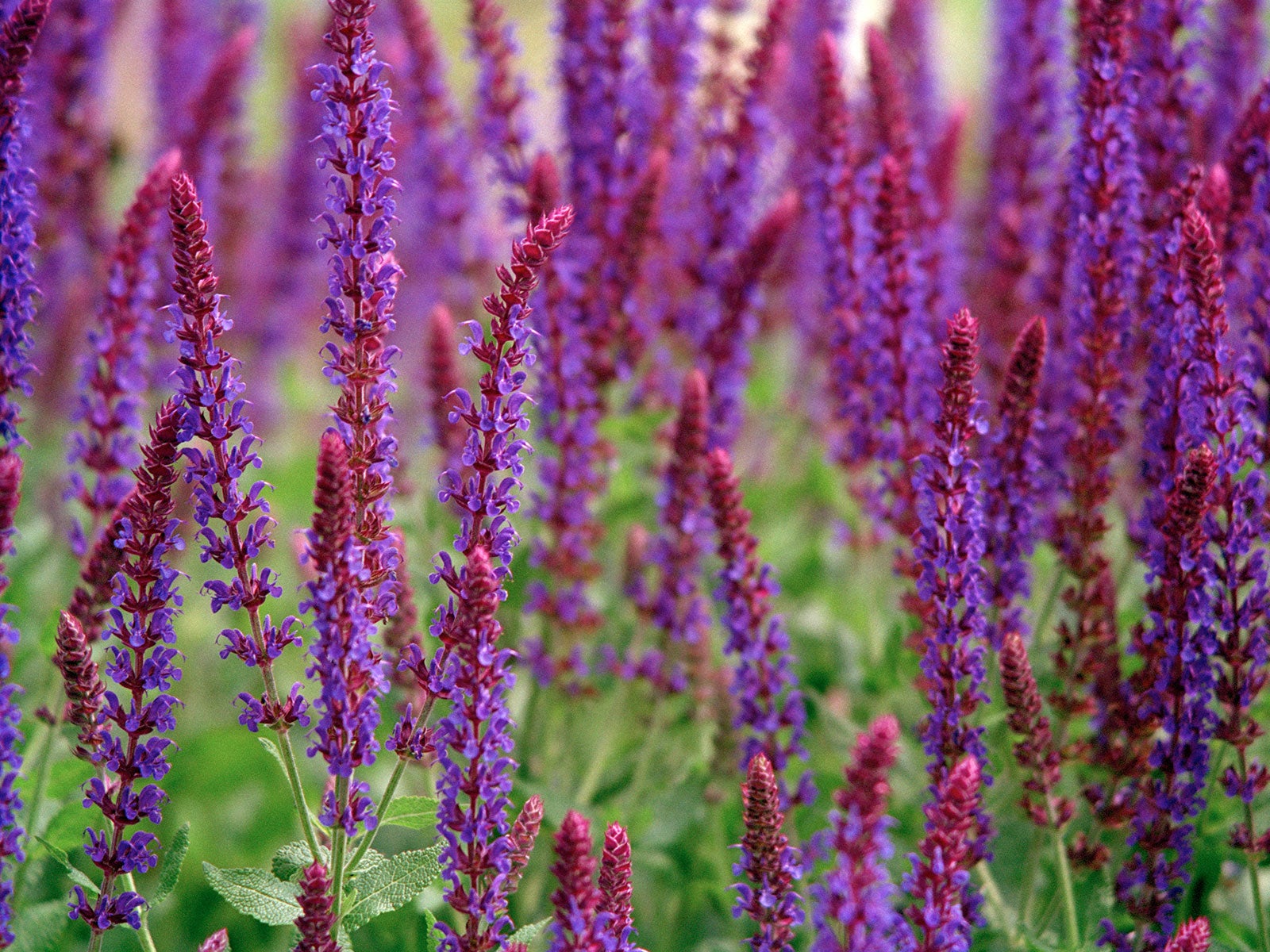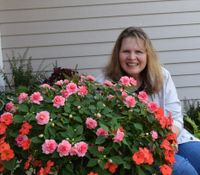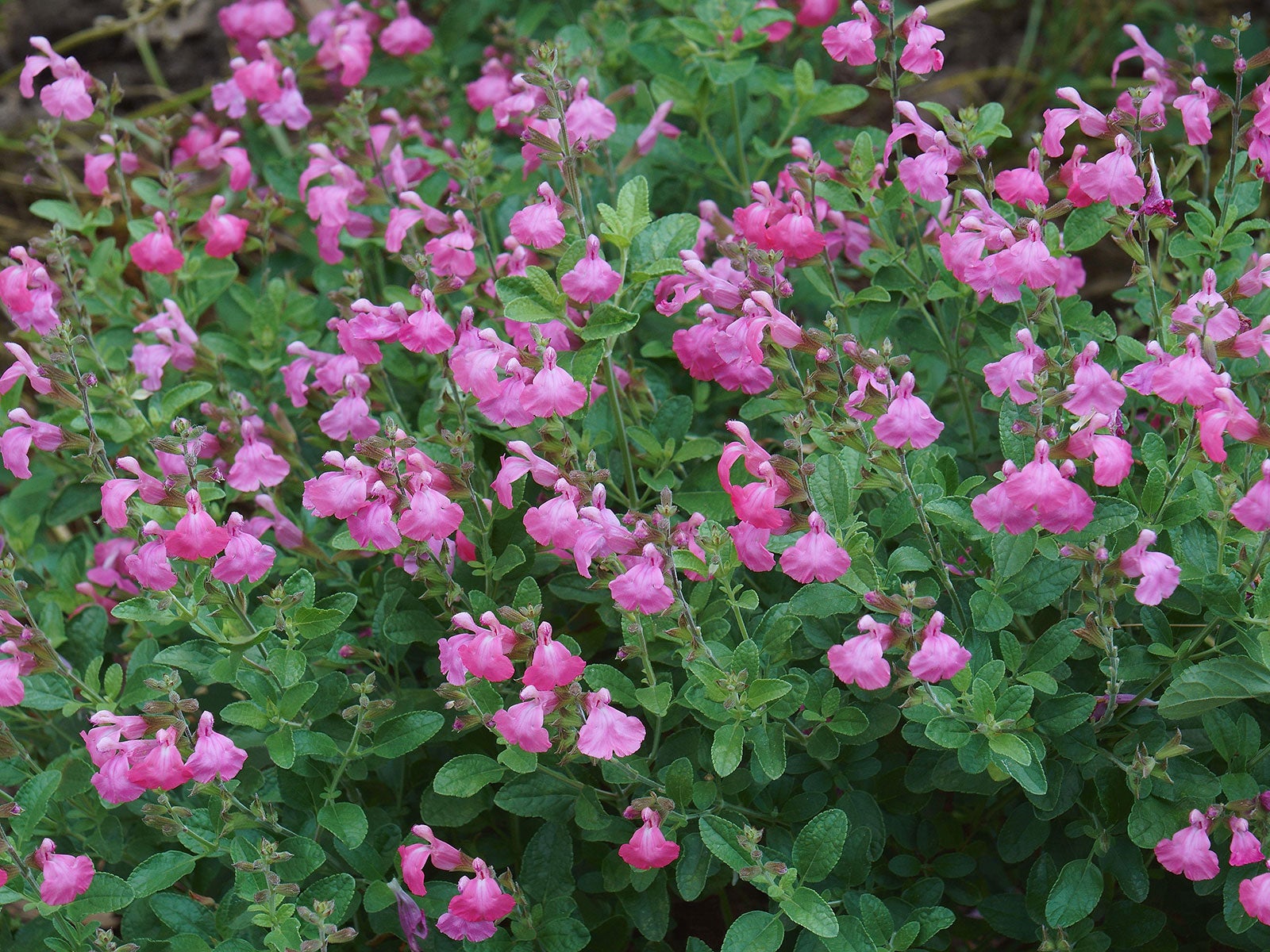Best Salvia Varieties: Stunning Annual And Perennial Salvias To Grow


It's little wonder people find it hard to pick their favorite salvia varieties. The choices are seemingly limitless, even if you can narrow it down to a particular color. As well as being vibrant and cheerful, their tall spikes of easy-to-grow flowers are often fragrant. This makes them irresistible to pollinators, bringing in butterflies and hummingbirds.
Available as perennials and annuals, salvia is one of the most sought-after summer bedding plants at garden centers and nurseries. So if you're keen on growing salvia plants but don't know where to start, read on for a selection of some of the most enticing.
Easygoing Annual and Perennial Salvia Varieties to Try
Salvia species number more than 900 different breeds and cultivars. Given this choice, it can be tricky narrowing down your planting options! You may be after high impact annuals for a particular part of your summer beds. Alternatively, you may fancy growing perennial salvias (or sages, as they are also known) for a reliable ornamental display year after year. Whichever you prefer, here are some of the most easygoing and dynamic types of salvias for mixed beds, borders and container growing.
Best Perennial Salvia Varieties

Perennial salvias are a staple in many gardens. Their tall, drought-tolerant purple, blue, violet, yellow, bicolor and red flowerheads often bloom longer than most perennials. Several salvias grow in shade and many are hardy to USDA zones 6 or 7. Tender perennial salvias often return if planted in a sheltered area.
- Autumn Sage (Salvia greggii) – This shrubby, long-blooming plant (pictured) is available in several colors and attractive to hummingbirds. Autumn sage is hardy to zone 6.
- 'Black and Blue' (Salvia guaranitica) – Deep-blue, trumpet-shaped flowers emerge from black sepals. Can grow up to 5 feet (1.5m) tall. Hardy to zone 7.
- 'Caradonna' (Salvia nemorosa) – Long-blooming cultivar with violet-blue flowers. Hardy to zone 4.
- Forsythia Sage (Salvia madrensis) – Yellow trumpets on tall stalks bloom from early fall to frost. Generally hardy to zone 7.
- Graham's Sage (Salvia microphylla) – Popular 'Hot Lips' develops cherry red and white bicolor blooms. Hardy to zone 8.
- 'Indigo Spires' hybrid sage (Salvia farinacea x longispicata) – Dark blue-purple flowers bloom from summer to frost. Hardy to zone 7.
- Mexican Bush Sage (Salvia leucantha) – Velvety purple trumpets bloom in the fall. The Mexican bush sage is hardy to zone 7.
Best Annual Salvia Varieties

Annual salvias bloom all summer long in bold reds, purples, pinks, corals and whites. They make spectacular annual bedding plants and they are also standouts in pollinator gardens. They often reseed for the following year.
- 'Coral Nymph' (Salvia coccinea) – Compact salmon and white bicolor Texas sage.
- 'Summer Jewel' (Salvia coccinea) – This series is available in red, pink, lavender, and white variations. It has an impressively long flowering season.
- Bedding Sage (Salvia splendens) – Salsa series offers several vibrant colors. Vista series offers colors such as lavender, white, bicolor, red, rose, and salmon.
- Salvia 'Bonfire' (Clara Bedman) – Salvia splendens cultivar with brilliant scarlet flowers. It can grow in full sunshine or partial shade.
How Do I Keep Perennial Salvias Coming Back?
Salvia plants grow best in full sun and well-drained soil, though some varieties will tolerate part shade. Cut perennial salvias back in spring when new growth starts. A balanced fertilizer such as 10-10-10 or 15-15-15 can be applied in spring and again in early summer. Once established, perennial salvias are drought tolerant. However, keep new plants watered regularly the first season.
Which Salvias Are Best For Containers?
Many different types of salvias will thrive in pots, as long as they are given ample room to grow. Shorter breeds like Gentian sage make sense, but you can grow taller types like 'Back To The Fuchsia', too. Just be prepared for less vigorous growth. Evergreen perennial varieties like 'Icterina' also thrive in pots. Make sure containers have adequate drainage holes and keep a close eye on water levels. Clay or terracotta pots are best for growing salvias.
Sign up for the Gardening Know How newsletter today and receive a free copy of our e-book "How to Grow Delicious Tomatoes".

After graduating from Oklahoma State University with a degree in English, Susan pursued a career in communications. In addition, she wrote garden articles for magazines and authored a newspaper gardening column for many years. She contributed South-Central regional gardening columns for four years to Lowes.com. While living in Oklahoma, she served as a master gardener for 17 years.